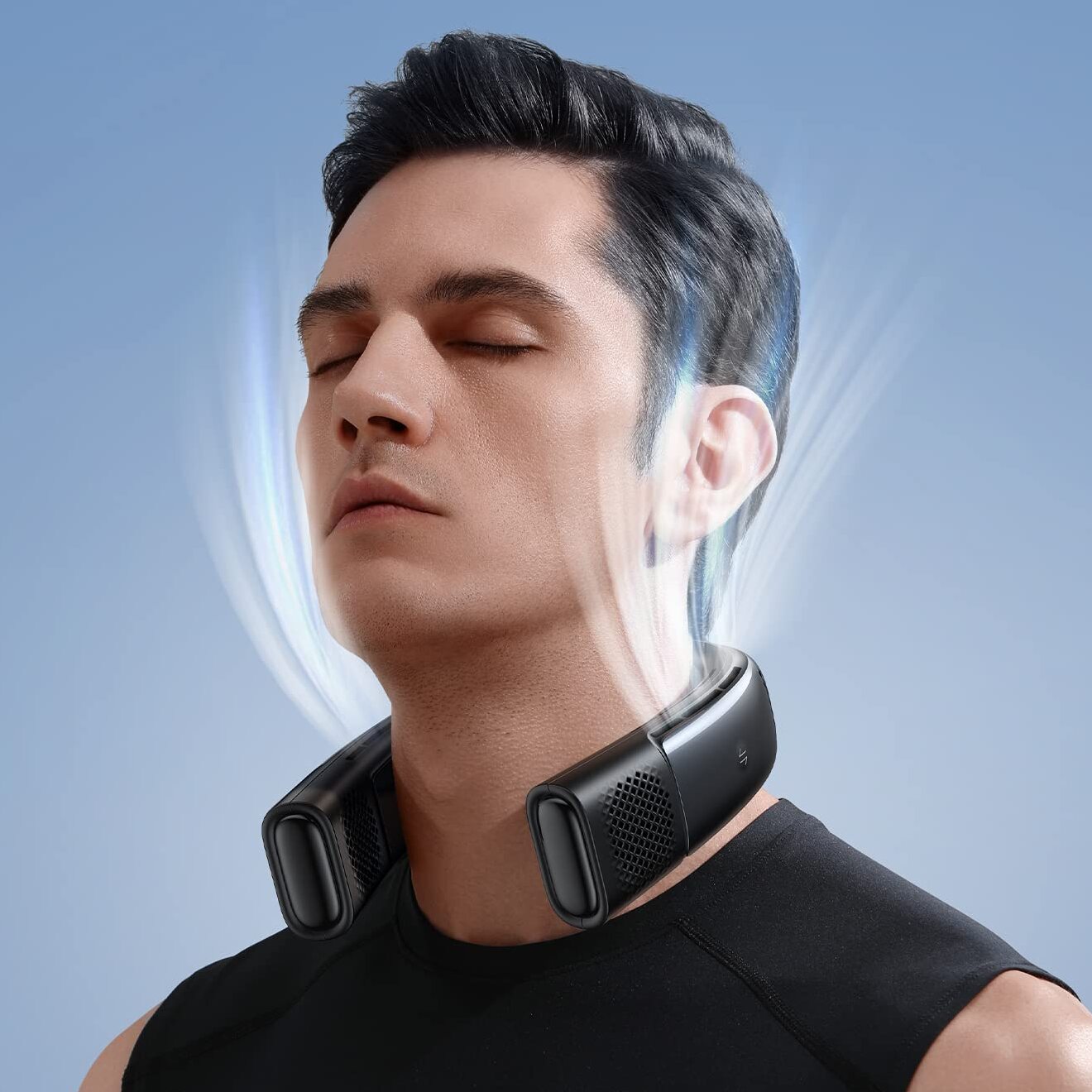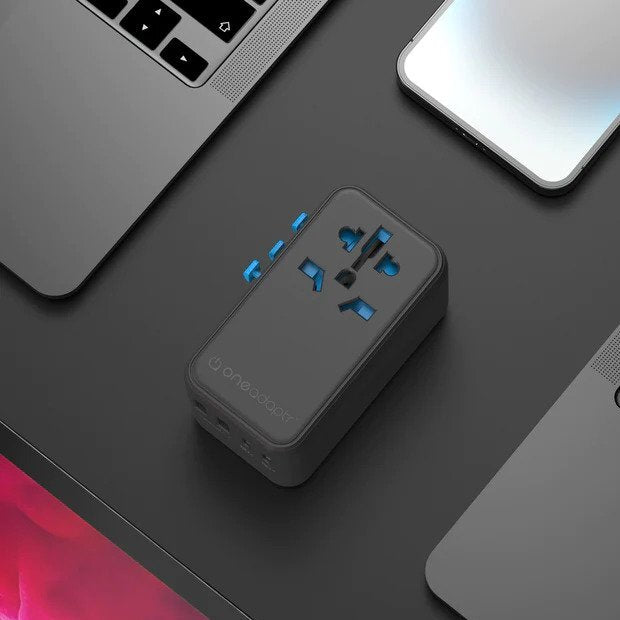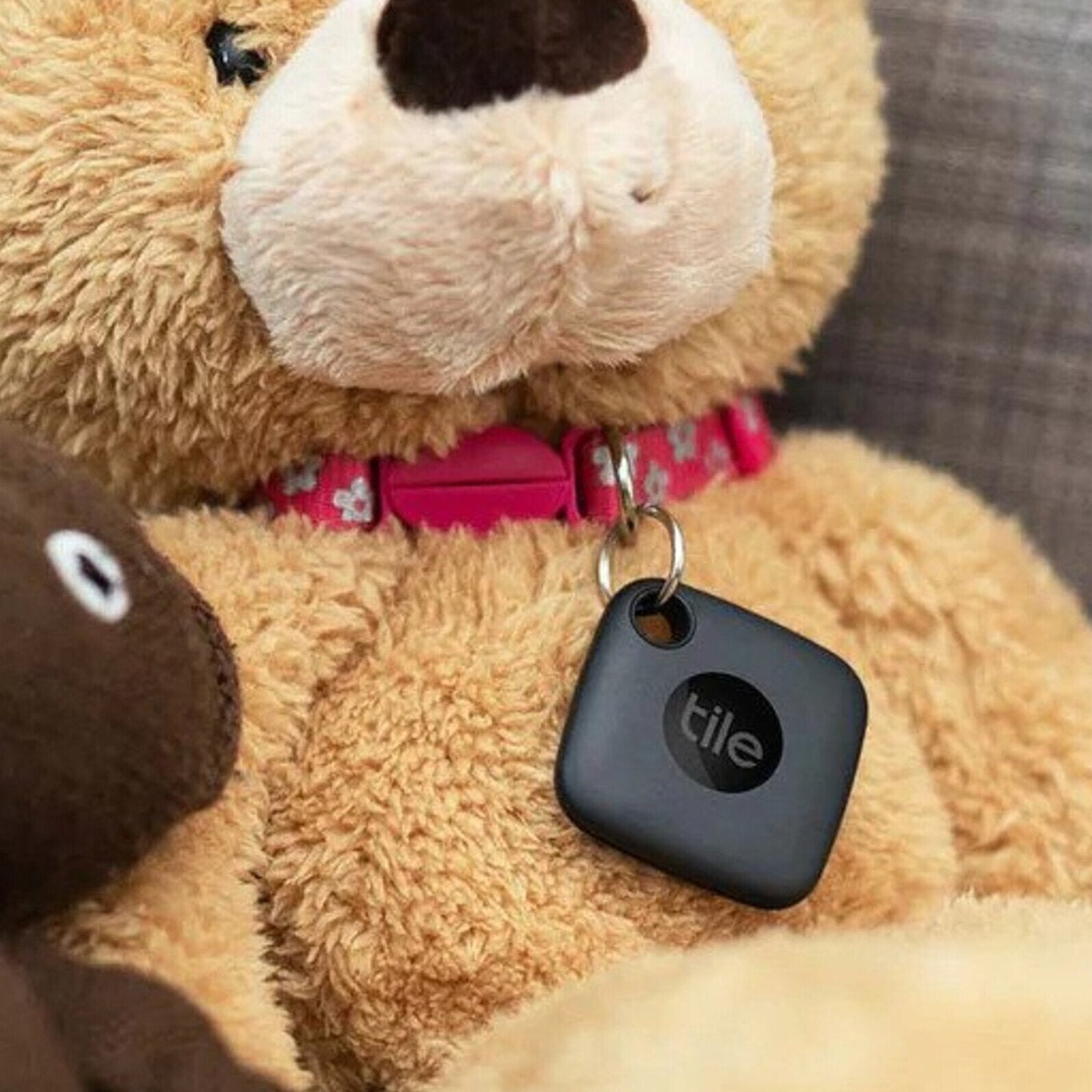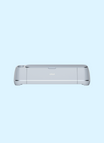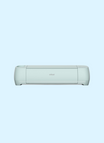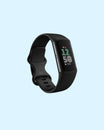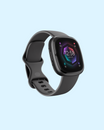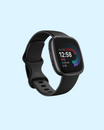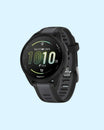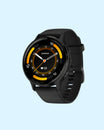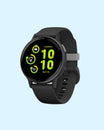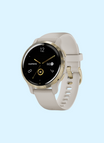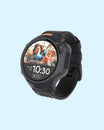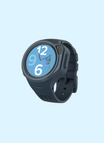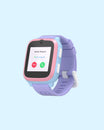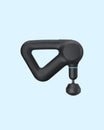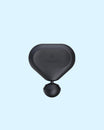TCL QM8 vs Samsung QN90B: High-End TV Showdown
By Elisabeth Christ
Updated September 2024

When it comes to premium TVs, the TCL QM8 and Samsung QN90B both promise cutting-edge technology and spectacular viewing experiences. With mini-LED backlighting and a suite of smart features, both sets offer impressive brightness, color accuracy, and gaming performance. While the TCL QM8 introduces a 98-inch option, Samsung’s QN90B emphasizes refined color handling and a sleeker design. Both cater to high-end users but offer different approaches to image quality, sound, and smart capabilities. Let’s dive into how these two giants compare in every essential category.
Key Takeaways
The TCL QM8 boasts exceptional brightness, infinite contrast, and impressive gaming features, making it a go-to for gaming enthusiasts and HDR content lovers. Samsung’s QN90B, while not as bright, offers superior off-angle viewing and color consistency, thanks to its Neo QLED technology. Both sets are well-equipped with HDMI 2.1 support, but Samsung’s inclusion of ATSC 3.0 makes it more future-ready for next-gen TV broadcasts. Sound-wise, Samsung's Object Tracking Sound outshines TCL’s more straightforward audio system, though both support Dolby Atmos.


TCL QM8 Mini-LED TV
Premium Smart TV with Exceptional Picture Quality
✓ Sleek design with slim bezel
✓ APIQ Gen 3 processor
✓ Anti-glare screen
✓ Up to 144Hz

Samsung Neo QLED TV QN90B
Mini LED TV with Various Smart Features
✓ Quantum HDR 32x
✓ Filmmaker Mode
✓ Works with Alexa, Google Assistant, Bixby, SmartThings
✓ Supports NVIDIA GeForce Now, Xbox
#1 Design

Samsung Neo QLED TV QN90B
Both the TCL QM8 and Samsung QN90B adopt a modern aesthetic, but they differ in subtle ways that make a noticeable impact. The TCL QM8 flaunts a sleek metal bezel, ensuring an elegant, contemporary look that suits any living room. Its angled center-mounted stand adds an extra touch of stability, while the 98-inch version opts for feet at either side to support its size. Additionally, TCL’s remote control features dedicated buttons for services like Netflix, Prime Video, and Apple TV Plus, offering a user-friendly navigation experience.

TCL QM8 Mini-LED TV
In contrast, the Samsung QN90B brings a more refined "NeoSlim" design, complemented by a bending plate stand reminiscent of an iMac. Its SolarCell remote adds a unique eco-friendly twist with a solar panel to eliminate the need for batteries. However, the lack of dedicated buttons for settings and mute may be a drawback for some users. Both sets are sleek, but Samsung's more streamlined, minimalist approach may appeal to users who prioritize aesthetics.
#2 Image Quality

Samsung Neo QLED TV QN90B
The TCL QM8 shines when it comes to brightness, boasting up to 5,000 nits at peak, making it one of the brightest TVs on the market. Its 1080 local dimming zones and mini-LED backlighting deliver exceptional contrast, with infinite black levels and minimal light blooming, ideal for both bright and dark room settings. The TV also supports Dolby Vision IQ, HDR10+, and HLG, ensuring that every HDR format delivers a stunning, vibrant picture. For gamers, the QM8 offers a refresh rate of up to 144Hz and impressive gaming features like FreeSync Premium Pro.
Samsung’s QN90B also holds its own, offering excellent brightness with a maximum of 2,000 nits in Dynamic mode. Its Neo QLED technology, combining quantum dots and mini-LEDs, provides sharp colors and consistent brightness even at off-center angles. While it doesn't support Dolby Vision, its HDR10+ and HGiG formats ensure rich details in both movies and games. However, in some darker scenes, the QN90B's shadow detail can become overly compressed, losing some nuances. Still, its impressive wide viewing angle makes it a solid option for larger spaces.
#3 Sound Quality

TCL QM8 Mini-LED TV
TCL’s QM8 offers a decent built-in 2.1 speaker system, featuring two 10-watt speakers and a 20-watt subwoofer. While its standard mode can feel crisp, the movie mode provides a more immersive experience, especially with Dolby Atmos and DTS Virtual support. Advanced audio settings like auto volume control and a multi-band equalizer allow users to fine-tune the sound to their preferences.
On the other hand, the Samsung QN90B features a 2-channel, 40-watt speaker setup enhanced by Object Tracking Sound, delivering audio that tracks the movement of objects on screen. The Active Voice Amplifier ensures clear dialogue even in noisy environments, but the volume needs to be cranked up to appreciate its full depth. Additionally, Samsung’s Symphony feature lets you sync the TV’s audio with one of the company’s soundbars for an even more robust sound experience.
#4 Smart Features

Samsung Neo QLED TV QN90B
The TCL QM8 runs on Google TV, providing access to over 800 channels and a vast catalog of apps. Google Assistant, Alexa, and Apple HomeKit integration make it a versatile option for smart home enthusiasts. The voice-controlled remote adds a layer of convenience, though its functionality may feel basic compared to more specialized remotes. Gamers will appreciate the Game Accelerator feature, supporting up to 240Hz VRR gaming at 1080p, making it a standout choice for competitive play.
Samsung’s QN90B, with its Tizen smart platform, also delivers a smooth user experience. Samsung TV Plus offers a wide range of free streaming content, though the interface sometimes feels cluttered, especially with the "Continue Watching" section positioned awkwardly. However, its Gaming Hub offers native support for gaming platforms like Xbox Cloud Gaming and Nvidia GeForce Now, further broadening the TV’s entertainment options. With voice control via Bixby, Google Assistant, and Alexa, smart home integration is equally robust.
#5 Connectivity

TCL QM8 Mini-LED TV
The TCL QM8 and Samsung QN90B both come equipped with four HDMI ports, two of which support HDMI 2.1 for high-frame-rate 4K content. The TCL’s additional HDMI port allows for 144Hz support, while its composite-video/analog audio input adds flexibility for legacy devices. Chromecast and AirPlay 2 make content sharing seamless, and Bluetooth output ensures easy connection to wireless audio devices.
Samsung’s QN90B, on the other hand, steps up with all four HDMI ports capable of handling 4K/144Hz video. It also includes HDMI eARC, simplifying audio connections to external speakers and soundbars. Moreover, the built-in ATSC 3.0 tuner is future-proofed for next-gen TV broadcasts, while Bluetooth audio output ensures easy connection with wireless headphones or soundbars. Both sets provide exceptional connectivity, but Samsung's inclusion of ATSC 3.0 may give it an edge for users looking to future-proof their setup.
TCL QM8 vs Samsung QN90B
Final Thoughts

TCL QM8 vs Samsung QN90B
If you're after a TV with extreme brightness and competitive gaming features, the TCL QM8 is your best bet. However, if you prioritize color accuracy, better off-angle viewing, and a refined design, the Samsung QN90B is the ideal choice. Both offer top-tier performance, but your preference for brightness versus viewing angles and aesthetics will guide the final decision.
If you like to read more about Smart TVs, check out our other relevant guides here:
TCL Q6 vs Q7
TCL QM8 vs Q7
TCL QM8 vs C855
TCL QM8 vs C845
TCL QM8 vs QM7
Don't miss out on tech
Subscribe to our newsletter to stay up to date on the latest tech trends and guides on the best gadgets around.

